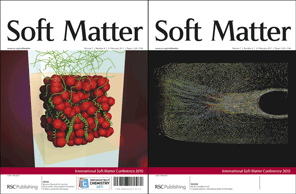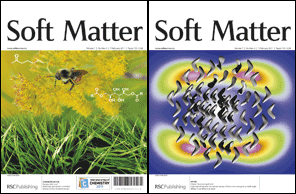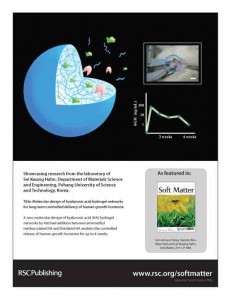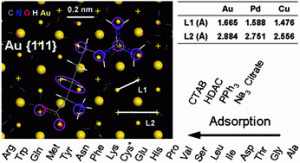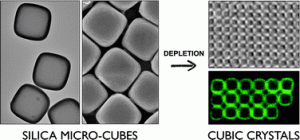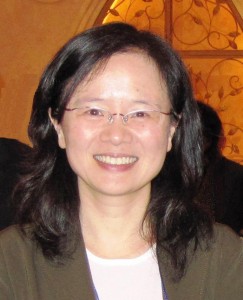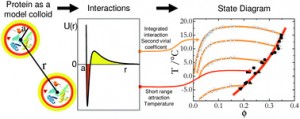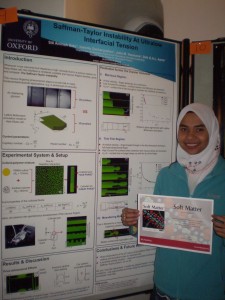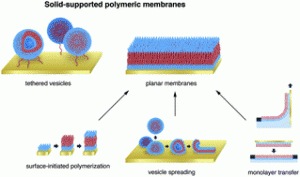Soft Matter issue 4 was published as a themed issue with the International Soft Matter Conference 2010. Juan Colmenero, Dieter Richter and Roque Hidalgo-Alvarez were the guest editors. You can read their editorial here:
The front cover features Electrostatic-driven pattern formation in fibers, nanotubes and pores by Monica Olvera de la Cruz and co-workers.
Highlighted on the inside front cover is Complex plasma—the plasma state of soft matter by Manis Chaudhuri, Alexei V. Ivlev, Sergey A. Khrapak, Hubertus M. Thomas and Gregor E. Morfill which was selected as a Hot Article.
You can read the full themed issue here.


